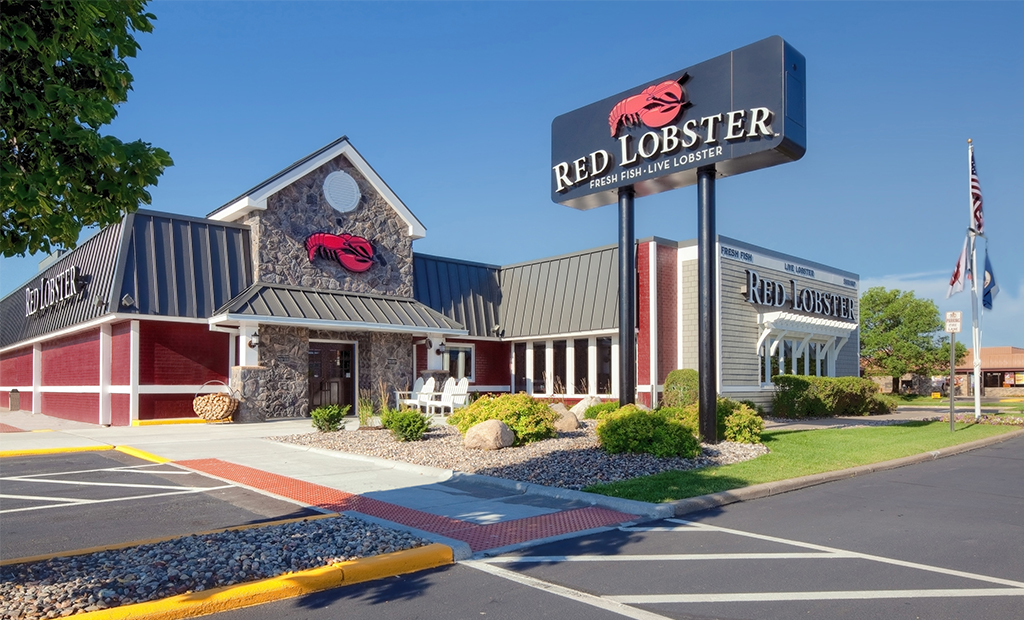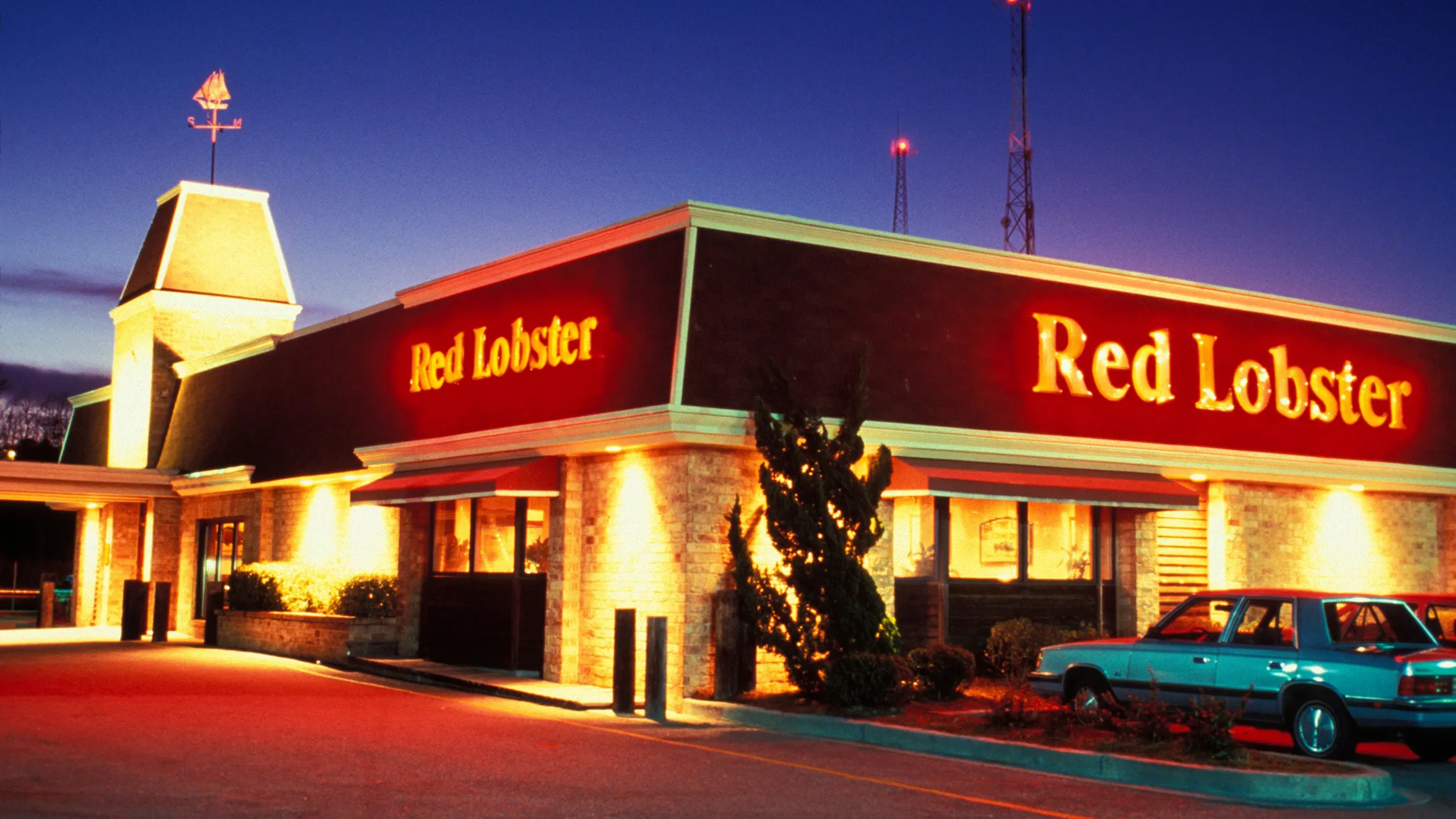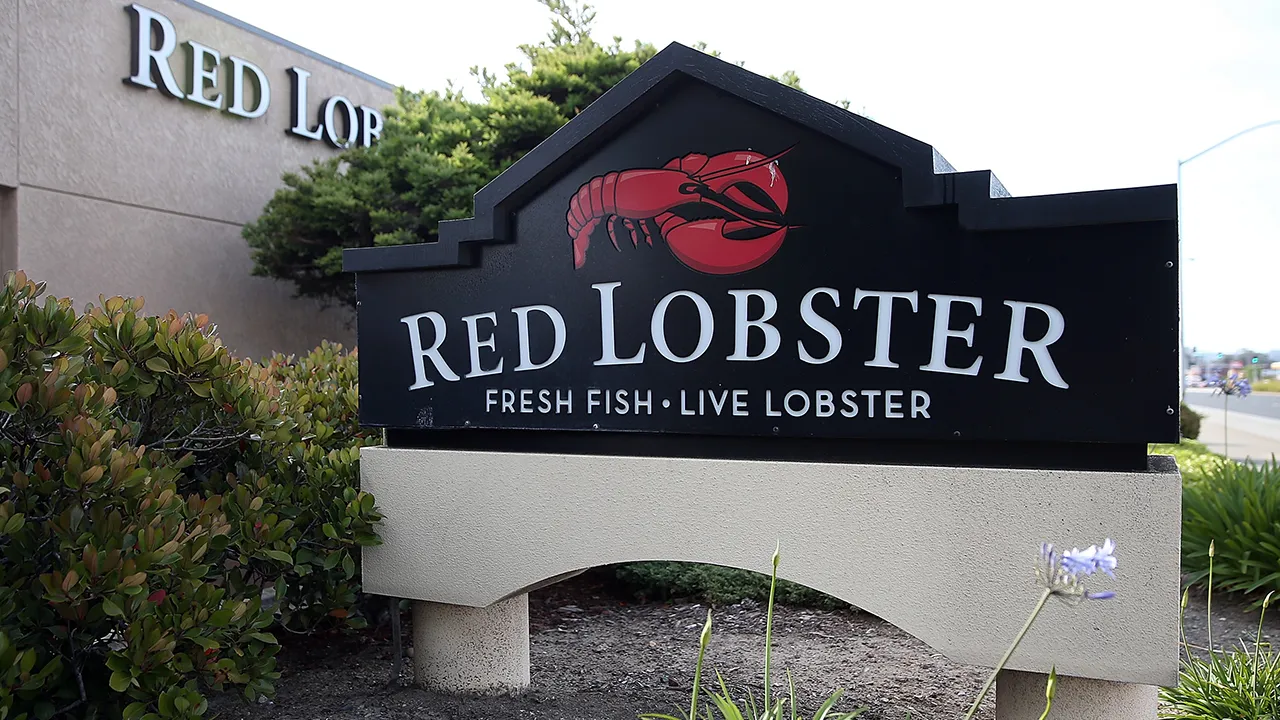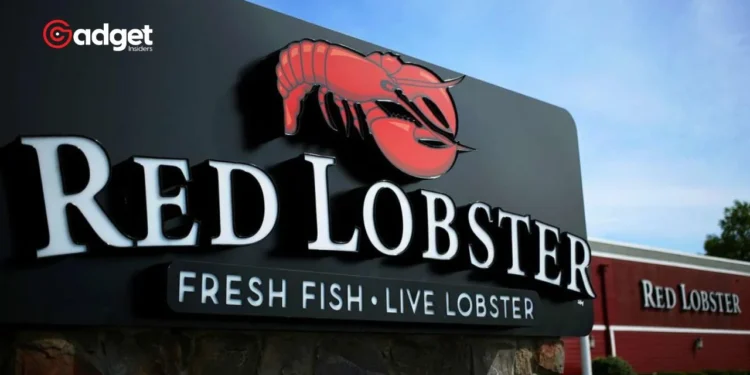The demise of Red Lobster is a telling tale of how strategic missteps and management blunders have pushed a once-beloved brand to the brink of extinction. As the seafood chain teeters on the edge of bankruptcy, a closer look reveals that the infamous ‘Endless Shrimp’ promotion is merely the tip of the iceberg.

Red Lobster: The Straw That Broke the Crab’s Back
In mid-April, amidst swirling rumors of financial turmoil, Bloomberg shed light on Red Lobster’s precarious position. The company, famous for its cheddar biscuits and seafood delights, was pondering Chapter 11 bankruptcy protection due to soaring labor costs and burdensome lease agreements on its properties.
Though some pointed fingers at the permanent ‘Endless Shrimp’ promotion for hemorrhaging money — to the tune of $11 million in losses in just one quarter — the reality is far more complex.
Orlando-based Red Lobster Hospitality LLC — once a Darden restaurant and founded in Lakeland in 1968 by Bill Darden — is in financial trouble. https://t.co/P0lCOZrzBi
— WFTV Channel 9 (@WFTV) April 30, 2024
A Sea of Troubles
Red Lobster’s challenges are deep and varied. From declining consumer interest to frequent changes in leadership, the restaurant’s struggles are symptomatic of larger industry woes, further compounded by private equity’s invasive strategies.
“If anything, the Endless Shrimp deals are probably as much a symbol of just either desperation or poor management or both,” noted Jonathan Maze, editor-in-chief of Restaurant Business Magazine.
Since its inception in 1968 and its subsequent acquisition and spin-off by General Mills, Red Lobster has weathered many storms. However, the sale of the chain in 2014 to Golden Gate Capital marked the beginning of a risky strategy that involved selling off valuable real estate and leasing it back — a move that provided short-term gains but long-term fiscal headaches.

The Impact of Private Equity
“The thing that private equity does is just unload assets and monetize assets. And so they effectively paid for the purchase of Red Lobster by selling the real estate,” Maze explained. This approach, while initially lucrative, set the stage for the financial difficulties that would follow as market conditions tightened and sales dwindled.
Eileen Appelbaum, co-director of the Center for Economic and Policy Research, was skeptical of private equity’s role from the start.
“Once they sell the real estate, then the private equity company is golden, and they’ve made their money back and probably more than what they paid,” she remarked, highlighting a trend that has plagued various retailers and restaurant chains.

Leadership and Strategic Missteps
Beyond financial maneuvers, Red Lobster’s continual loss of direction under revolving-door leadership has also contributed to its downfall. “Red Lobster isn’t losing to a competitor in their space — they’re losing to competitors outside their space,” Darren Tristano, CEO of Foodservice Results, pointed out.
As Red Lobster flounders, the road to recovery is obscured by mounting debts and lease obligations. The future remains uncertain, and while bankruptcy might offer a temporary lifeline, the long-term survival of this iconic brand hangs in the balance. As Maze succinctly put it, “One bad promotion should not doom a restaurant chain like that.”










